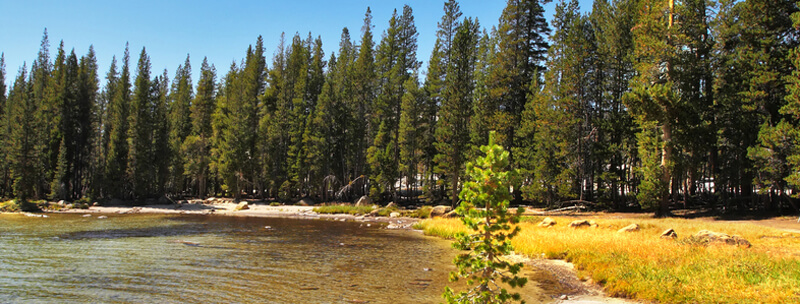OAL Limits Use of Threatened Species
In two recent decisions by the Office of Administrative Law, Administrative Law Judges ("ALJ") have disagreed with NJDEP's classifications of wetlands as being of "exceptional resource value" based upon the agency's assessment of the wetlands as a suitable habitat for a threatened or endangered species.
Under regulations, wetlands are divided into three classes, with the exceptional resource value class enjoying the most protection. This classification can be based upon the presence of threatened or endangered species if there is evidence that the wetlands provide a current habitat for a threatened or endangered species, or a documented habitat if the wetlands remain a suitable habitat. The regulatory definition of "documented habitat" requires some firm proof that the species has been there (for example, a sighting, or sign in the form of skin, shell, track, nest or call). N.J.A.C. 7:7A-1.4.
In the first case, the ALJ interpreted the regulations strictly, distinguishing prior administrative precedent that did not require on-site evidence of threatened or endangered species, but rather allowed off-site observation and a connection to the wetlands at issue by certain probabilities of use, on the basis that NJDEP presented no evidence to support that finding. The ALJ also commented that such precedent, while "entirely practical" for mobile species, contradicted the regulatory requirement for a documented habitat. Interestingly, the ALJ noted that the regulatory definition may, in fact, be narrower than the statutory definition that permits a finding of documented habitat based upon information available to NJDEP. N.J.S.A. 13:9B-7(a)(2). Andy v. NJDEP, OAL Docket NO. ESA 6460-99 (Sept. 6, 2000).
Similarly, the ALJ in the second case overturned NJDEP's classification where there was no evidence that the endangered wood turtle currently or ever used the site in question, the site was only marginally suitable as a habitat, and a preferable habitat area already existed across a road from the site. Maier v. NJDEP, OAL Docket No. ESA 3740-98 (Oct. 23, 2000).
Coastal Zone Sunset Revisions Adopted
Revisions to the Coastal Permit Program and Coastal Zone Management regulations arising from NJDEP's periodic review of the program that governs CAFRA, Waterfront Development, and Coastal Wetlands permits have been adopted, effective October 16, 2000.
Although the regulations primarily track the proposal published on March 20, 2000, a notable change was NJDEP's decision to omit its proposed five-year time period on coastal permits. Significant aspects of the new regulations include: (1) elimination of mandatory public hearings based upon project type or size; (2) overhaul of standards and fees for modifications to permits; and (3) limitation of the requirement for two parking spaces per residential unit to oceanfront resort areas. In addition, NDJEP defined "conservation restriction" in the new regulations. It determined not to prepare an example conservation restriction due to the individual nature of specific properties, but indicated that the agency would make examples available. 32 N.J.R. 3784 (Oct. 16, 2000).




